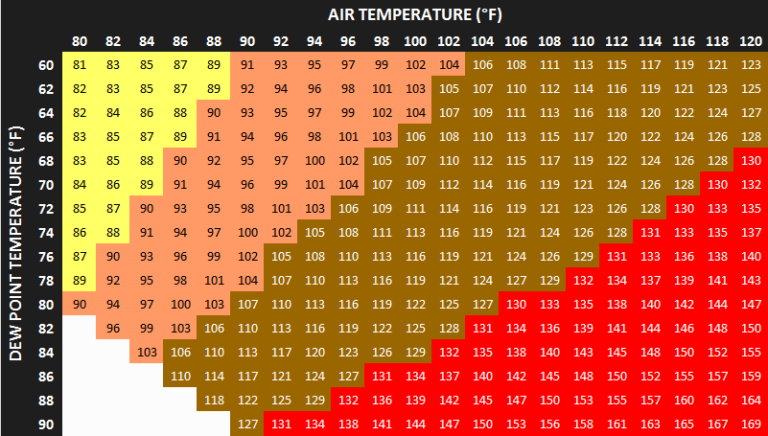A Sticky Reminder About Dew Points

Delmarva is in the middle of a heat wave and the dew point temperature is a big topic of conversation. Most of the year we don’t even mention the dew point because it doesn’t really have much of an influence. It’s the summer months when it can cause problems.
The dew point is a measuring tool meteorologists look at to detect moisture in the air. It’s measured in degrees and it’s called the dew point temperature. The dew point temperature is simply the temperature the actual air temperature must reach for the atmosphere to become fully saturated (100% humidity). For example, if the air temperature is 80 degrees and the dew point temperature is 70 degrees, then in order for the humidity to reach 100% the air temperature of 80 must drop to 70. When the dew point temp and air temp are the same, then the humidity is 100%. The closer the dew point temperature is to the air temperature, the higher the humidity.
Dew points are discussed in the summer because warmer environments can hold more moisture and our bodies can feel it. That’s when the dew point scale or sweat index becomes a hot topic. Dew points on Delmarva can reach the 60s, 70s, and even 80s during the summer and those are rather high dew points. When temperatures climb into the 90s like we’re currently experiencing during this heat wave and dew points reach the 70s, then our bodies have a tough time evaporating our sweat. This means that the temperature outside feels hotter than what it actually is (the heat index). Both the temperature and dew point temperature play a role in determining the humidity levels and the heat index.
Take a look at the scale below. This is the dew point scale. When dew points are in the mid 70s like they’re expected to be today, then it can end up feeling very uncomfortable and oppressive.

Some have described the humid summer air masses as thick and soupy because of the higher moisture content. This can also lead to some asthma and respiratory issues as it may become harder to breathe in these environments.
If you want to convert your daytime temperature and dew point temperature into a heat index you can use the scale I posted at the very top of this article.

